Being a guitar player is fun and fulfilling. You have the complete power in your hands to create and express your true self. But sometimes it can be frustrating. There may be times when you cannot express yourself because of your technical underdevelopment. But in my opinion this is where the real fun begins. The competition of your technical abilities with your creativity is a sign that you are maturing into a skilled musician and an epic guitarist.
So how can you boost your progress on the guitar? This article will provide your progress a kick-start. Here you will find exercises that will challenge you to build a deeper connection with your guitar and advance through your musical journey.
The biggest issue I faced during my beginner years was that I did NOT know “What to practice” and “How to practice.” So here are a few guidelines that you can follow to get the best results out of your practice session.
The human brain is a creature of habit and for that, you need to create a habit of practicing at the same time everyday. You should practice daily with a fixed schedule and make sure that you are not practicing one day a week, taking a break for the remaining six days. If you follow this guideline, your brain will be most efficient to pick up and improve your guitar playing.
Metronome is a click sound that is used by musicians to maintain a constant speed. Using a metronome will help you keep track of your speed and also to maintain a good rhythm and timing. It will also help you to play in time with the drummer in live situations.
Starting at a slow speed will help you to get the technique right. But just starting slow without paying any attention to your technique will just result in you being a slow guitar player with sloppy technique. So you need to be 100% focused on your left hand, right hand as well as hand coordination and then slowly increase your speed with the metronome.
If you are a beginner then this is a very important aspect to keep in mind. Even if you are practicing for 30 minutes you can divide that time into four parts i.e. Warm-up, scales/licks, chords/rhythm and most fun of all- the songs. Learn how to play simple 3 chord songs. Keep in mind that you should never skip the warm-up part. Also try to listen carefully and analyse what you are playing to develop your ears.
Note: While selecting songs do not choose very difficult songs in the beginning. Start simple and build up the difficulty of the repertoire over time.
Make sure that your fingers don’t get fatigued too much during your initial days and do not push through the practice if you are feeling intense pain in your arm or fingers. This kind of negligent approach may lead to serious injuries and become a major hurdle in your journey. So take breaks whenever you need and enjoy every practice session.
When you pick up your guitar for practice, there are certain rituals to be performed first. These exercises will get your fingers rolling on the fretboard and reduce the possibility of any potential injuries. They will also help you to improve your basic techniques. Make sure that you use all your fingers.
These exercises can get your fingers warmed up quickly and also help you to build speed and accuracy. So here are a few variations that you can use.
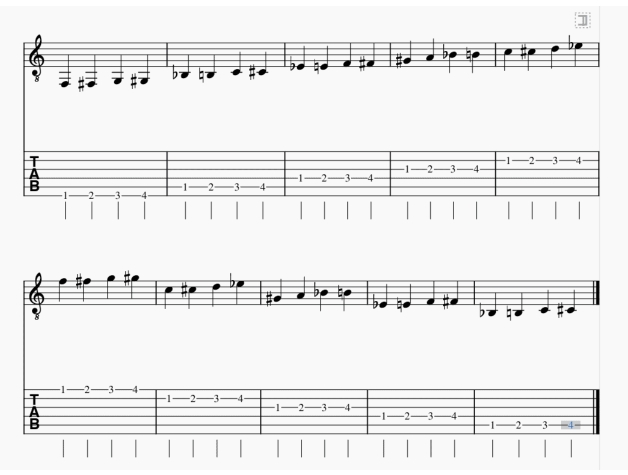
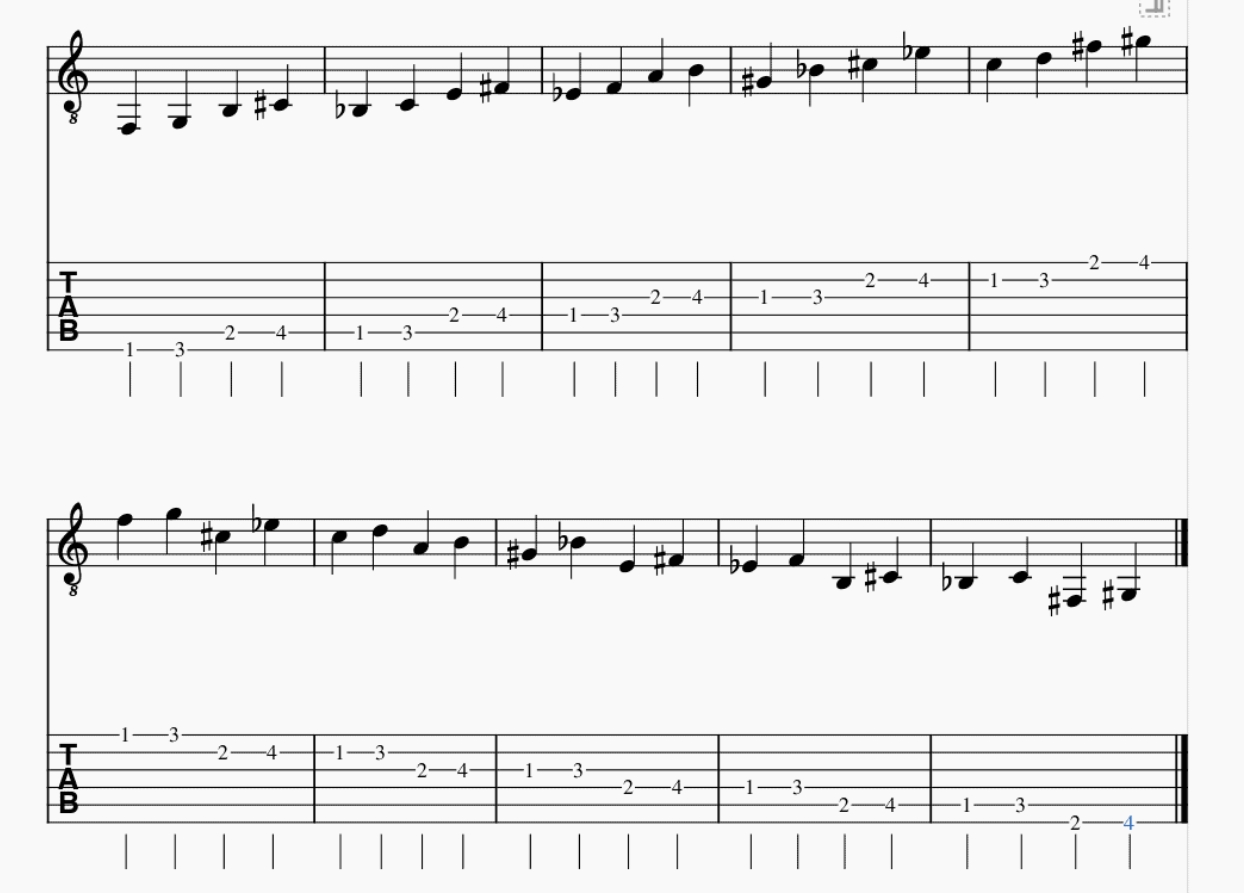
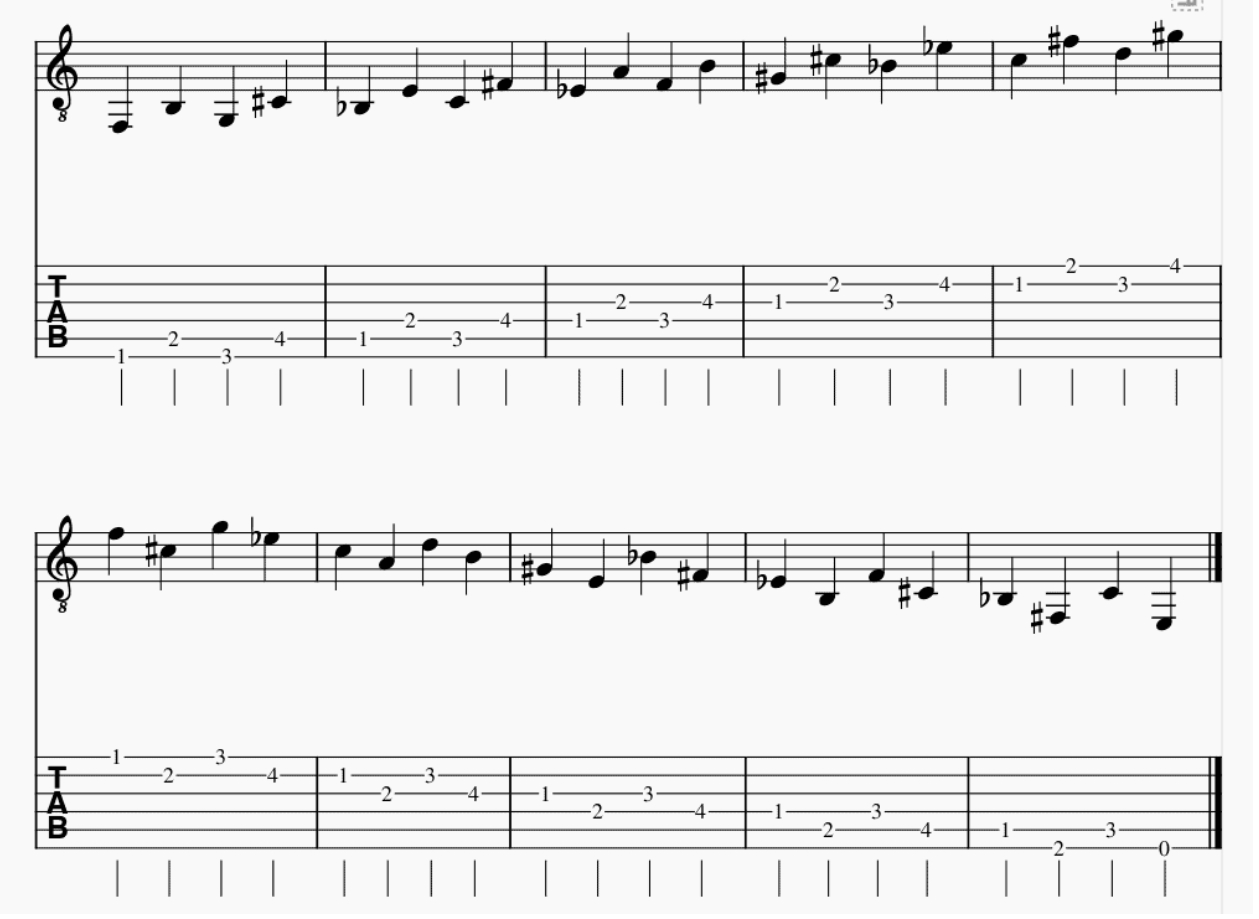
The following 2 exercises will let you work on string skipping from early stages and build muscle memory for the same. Try to play them as accurately as possible without touching the skipped string. Also pay very close attention to your picking hand and make sure that you are not lifting the pick more than necessary as this may cause speed problems in the future. You should also try to create different variations.

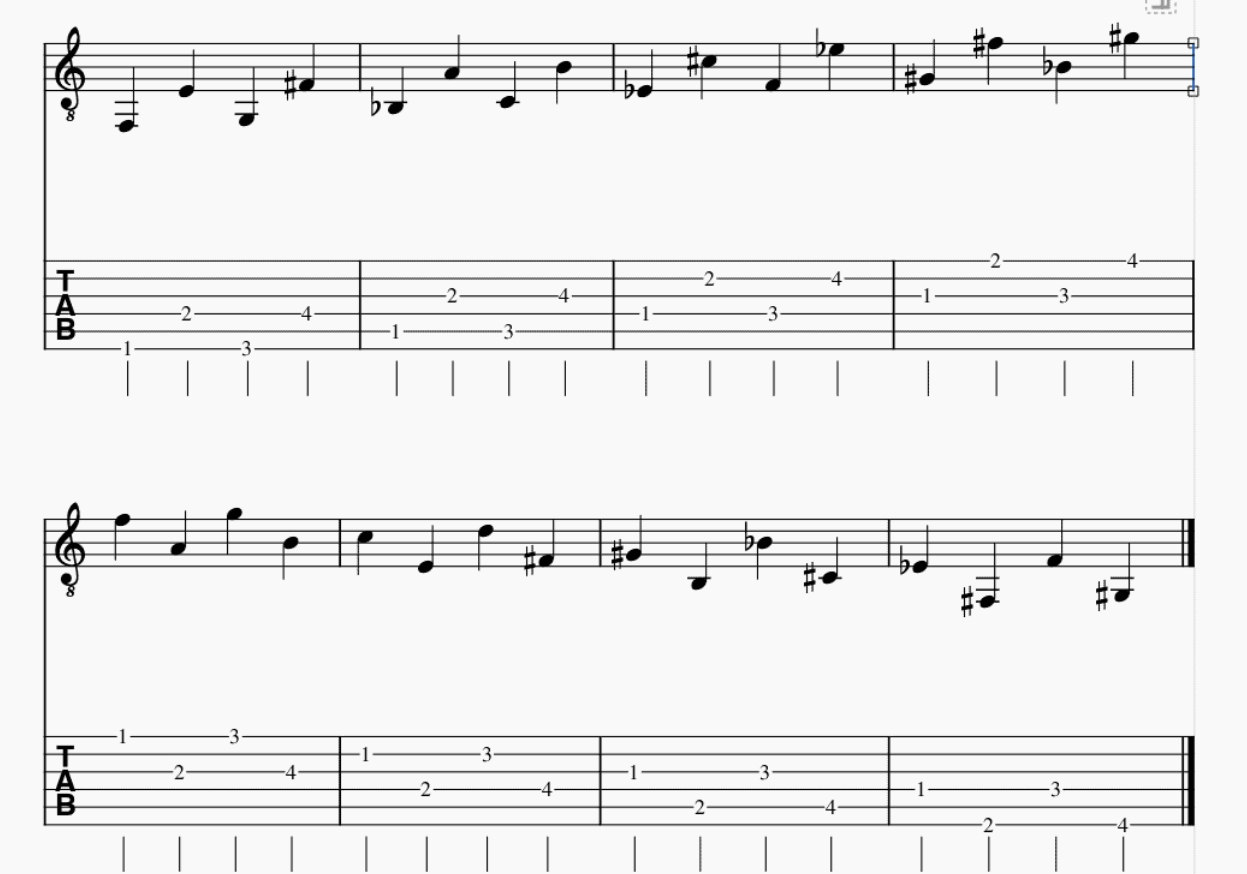
Lead exercises are an integral part of being an awesome guitar player. If you want to rip up some extraordinary solos and play melodies that can touch the heart of your audience, then these exercises will give you a starting point to build up your speed and hand coordination.
Scales are a great tool to provide you the framework for melody as well as harmony. There are many different types of scales all of which possess a different tonal quality. Learn more about scales and guitar keys.
Generally speaking the major scale is said to have a happy tone whereas the minor scales are said to have a sad tone. Pentatonic scale is one of the most used scales in many different genres. But just practicing scales up and down can be boring and unfruitful. So here are some exercises that you can apply to any scale in any position. The Ex. 6 and Ex. 7 examples are in G major scale (2nd Position ) whereas Ex. 8 and Ex. 9 are in A minor scale.
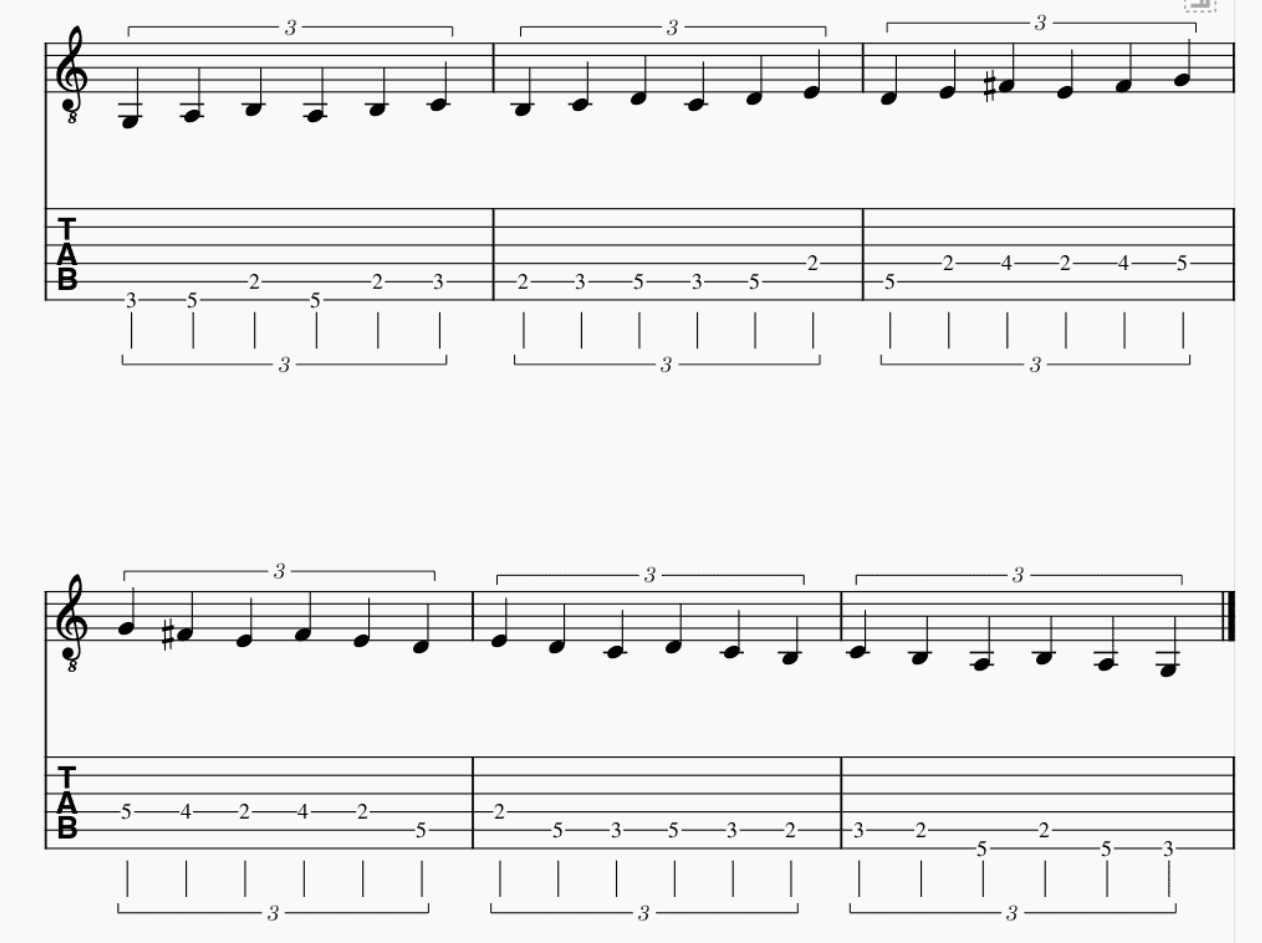
This is a triplet exercise where all notes are 8th triplets. Try to use alternate picking for all notes as it will help you improve your picking speed.
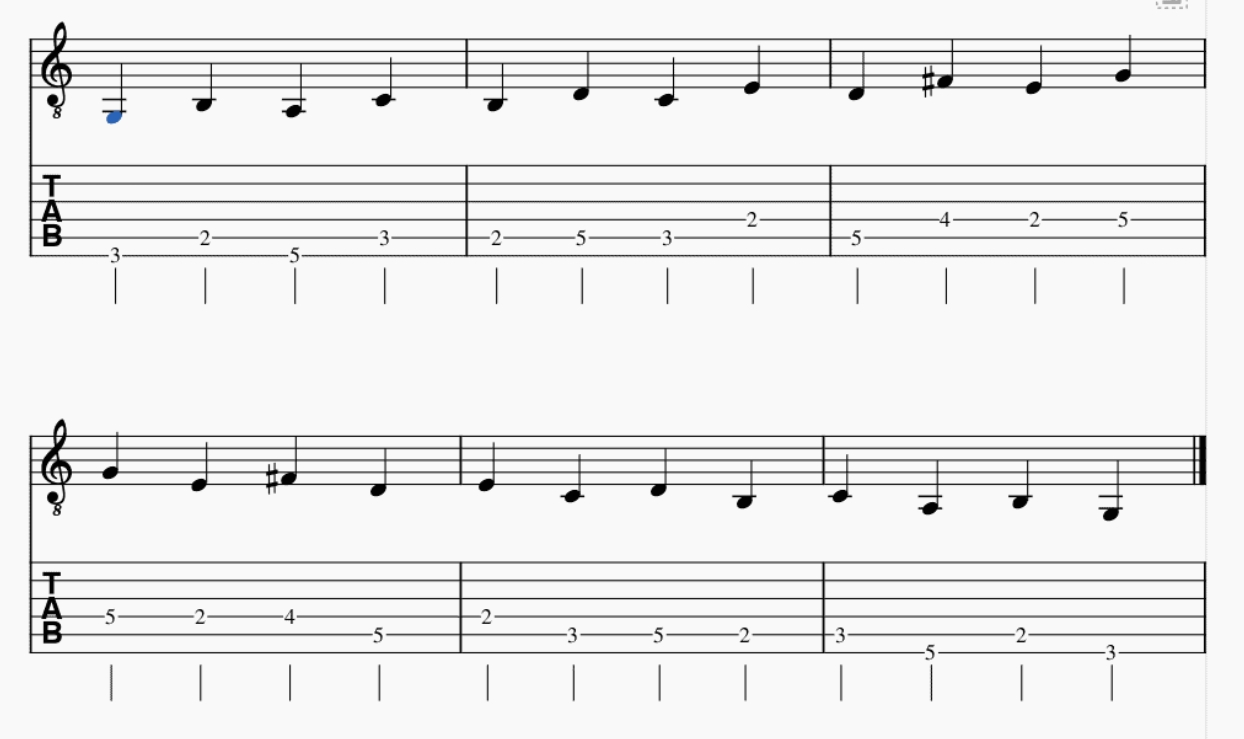
This is a great exercise to give your fingers a chance to familiarise with the scale. You should also try to come up with variations and patterns of your own to maximise the benefits.


Now let us have some fun with licks. Licks are short sections played by the lead guitar. They are usually used to introduce the guitar before starting a solo. Licks can also be incorporated in a guitar solo. Good guitar players have an inventory of these licks that they can pull out of their mind while writing a solo. Here are a few licks that will help you to get started.

Here the arrows symbolise string bending. You will bend the string till you reach the pitch of required fret and then come back to the original string position with the downward curving arrow.

The curve on the top of the notes symbolises hammer-on and pull offs. For example in this lick, first you will pick the 12th fret and tap on the 14th fret using the middle or ring finger of left hand without picking the note.
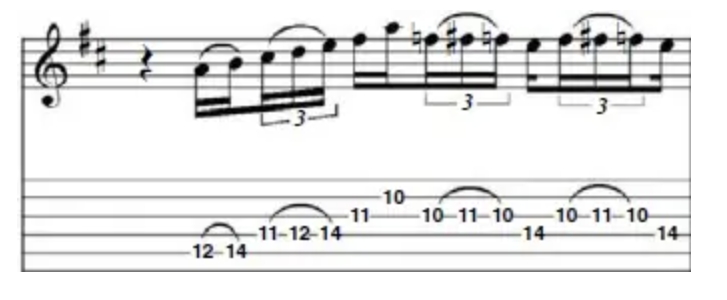


Do you want to play your guitar around the bonfire? Want to jam with your friends? Or do you want to write songs? For any and all the forms of guitar playing the rhythm plays the role of foundation. Stronger the foundation, better the building. So here are 5 strumming patterns and 5 basic chord progressions that will help you play a lot of songs. Use these patterns with each of the given chord progression and try to keep the timing as tight as possible.
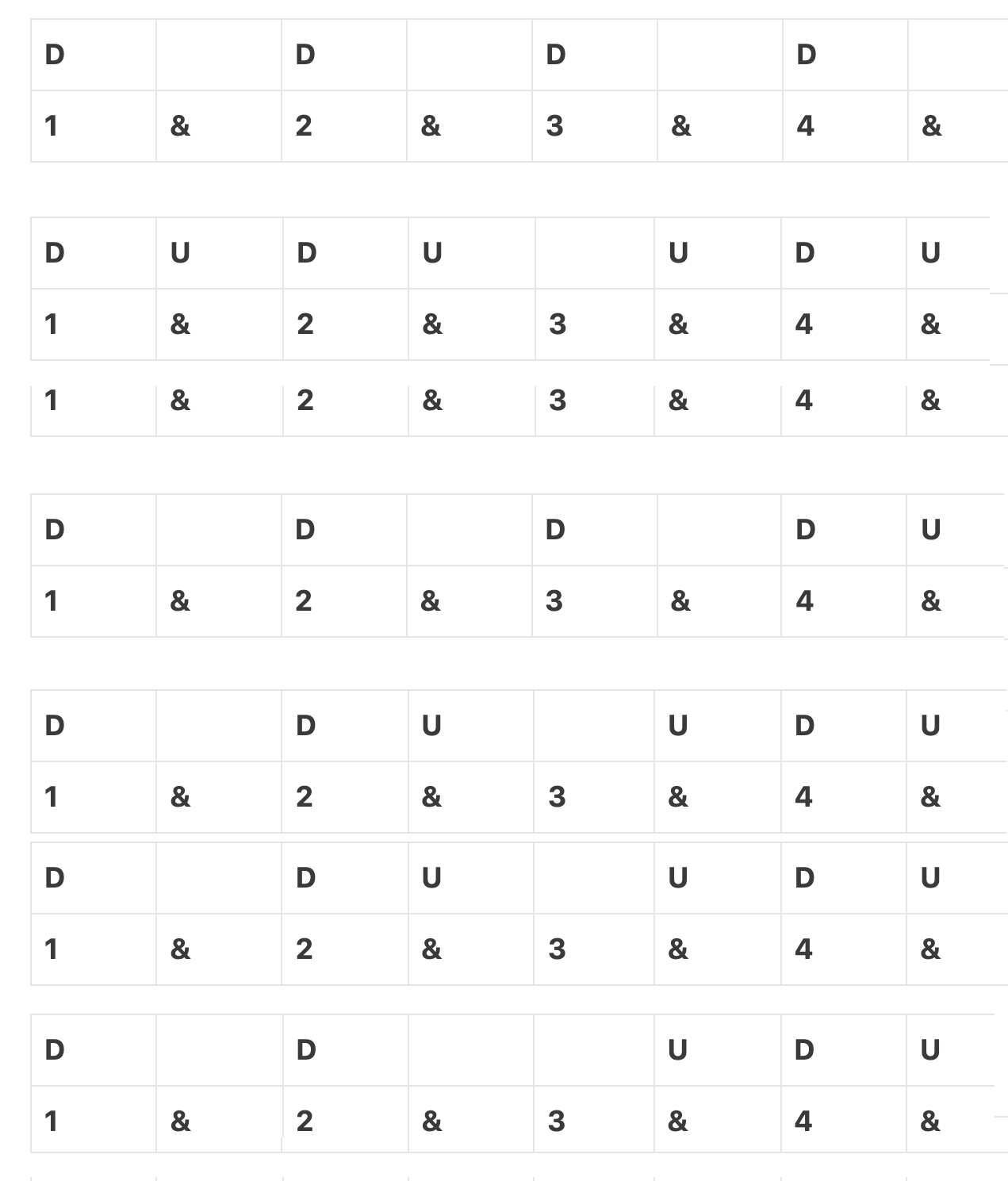
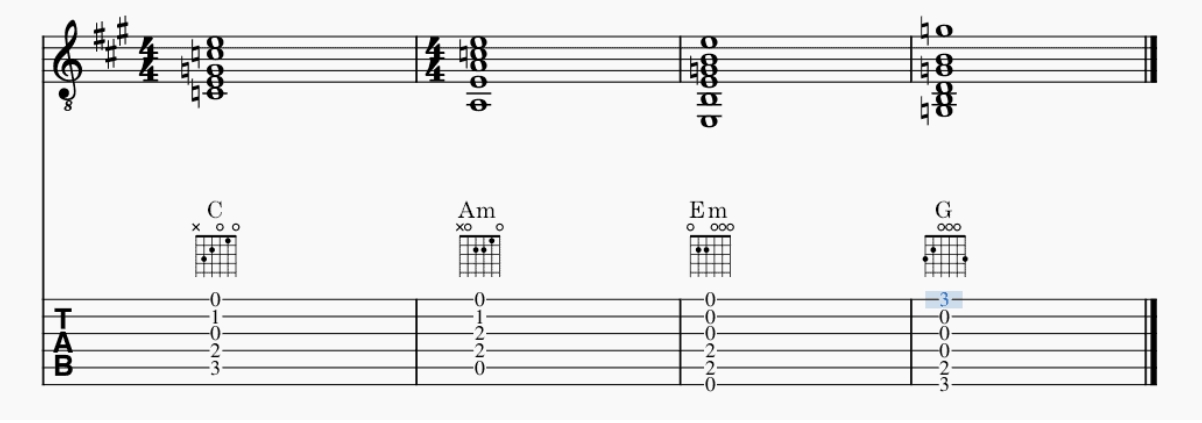
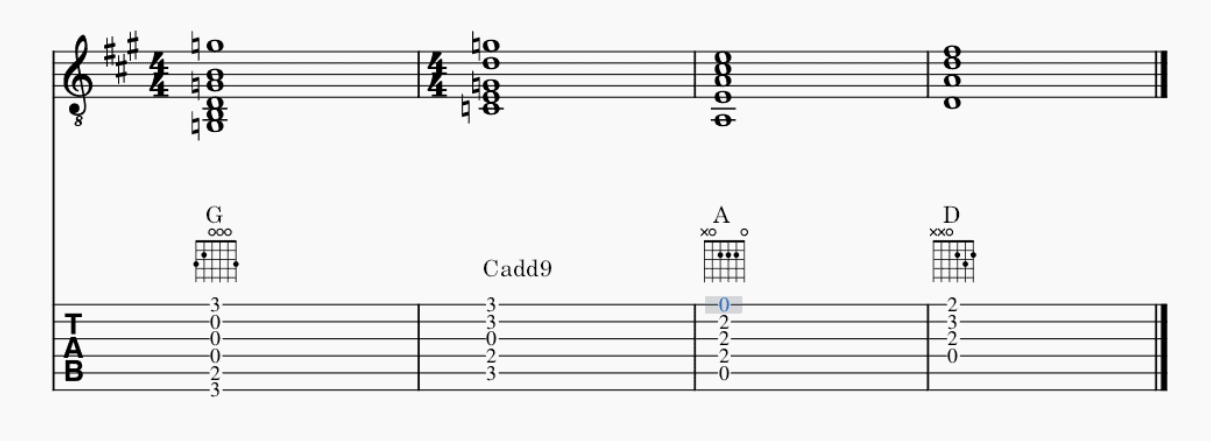
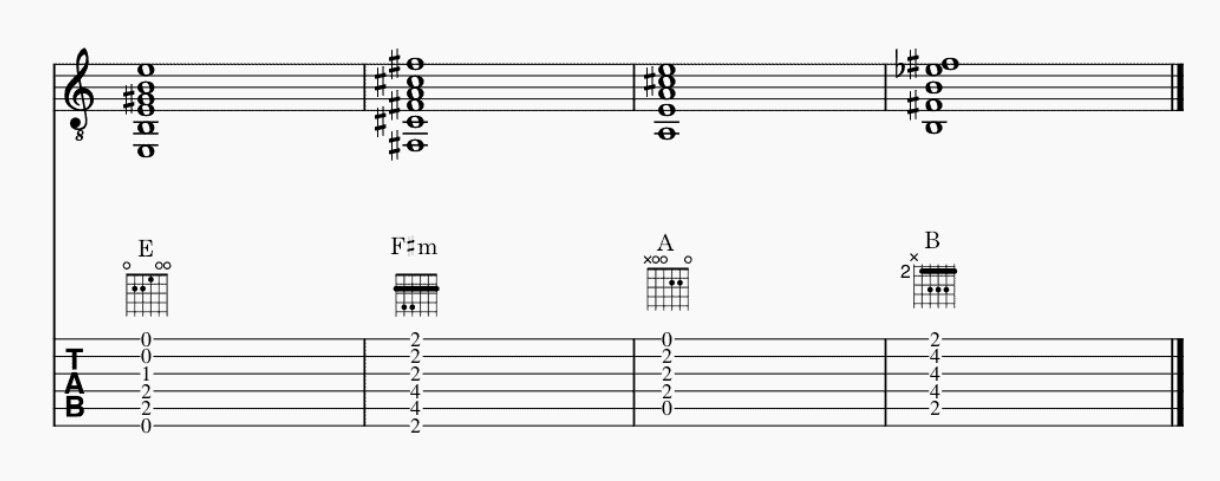


While playing live or jamming with friends, there is a good chance that the chord progression you are playing might be out of the singer’s vocal range or you might want to harmonize the lead guitar or you might want to get out of the rut and find something really interesting to play over a given chord progression. In all these scenarios you will generally have two options which are not mutually exclusive.
These two options are Ear training and music theory. Using a combination of these two is vital for you to match up with others during jamming. You will also require these two qualities to understand the basics of songwriting and play what you hear in your head. Find out more about guitar music theory.
Transposing is a skill that will save you lots of future trouble. So here is an exercise that you can practice to fasten your process of transposition.
Take a chord progression (you may choose one given in the rhythm section) and transpose it through various intervals.
For example:

This chord progression is currently in C major. But if you want to play it in D major scale then all the chords will change and become D, Bm, Fm and A.

You can do this with other chord progressions and also transpose this chord progression to other major keys.
Building chords can seem like a daunting task at first. But with practice you will surely become better at it and also by building chords, your inventory of chords will increase over time. Learn more about building chords and guitar triads.
So what you can do is take a basic triad chord and try adding to it 7th notes or 9th notes from the respective scale.
For example:
CDEFGABC... are the notes of C major scale.
If you take the C major triad, it consists of notes “C E G” and add 7th note to it then the chord will become a major 7th chord with notes “C E G B”. On fretboard these two chords look like
C major triad Cmaj7 chord
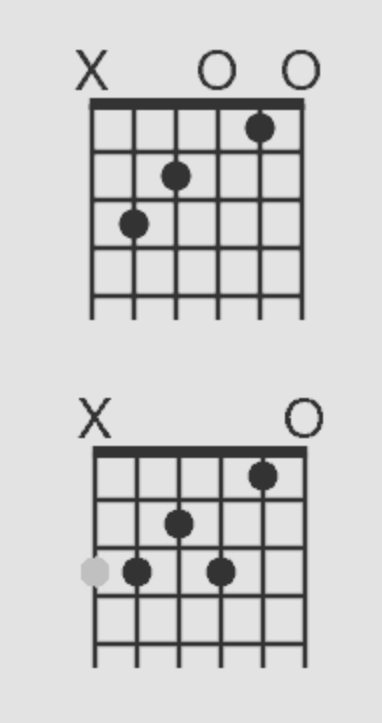
Just like this, you can try building your own chords in different parts of the fretboard. And with patience and perseverance you can master it.
In this exercise what you will have to do is hum a note and try to match that note on guitar. But you cannot just hum a note and randomly go on playing any fret you like. You will have to follow the following steps.
1. Hum the note and play a note that you think is the correct note (it probably will not be correct)
2. If the note you played is incorrect then try to figure out if your required note is higher in pitch or lower in pitch.
3. Now play a note lower than higher as per requirement and then repeat this process till you find the correct note.
This is an amazing exercise and you can follow this video to get better idea:
Interval is the distance between the two notes. When you are playing guitar, every note is at a different distance from the previous note. This exercise will therefore help you to learn guitar lead lines or solos or riffs faster by just listening and not make you rely solely on guitar tabs.
To start the exercise, play a note and try to sing the interval that you are aiming for.
For example: If you play a C note and you want to play a major 2nd interval that is the D note, then after playing C, sing what you think the D note will sound like. Then check by playing D note if you were singing in tune.
Repeat this exercise starting with different notes and trying out different intervals.
Don’t have your guitar with you? No problem. Fretboard visualization can be the perfect exercise for you. The better you know your fretboard, the easier it will be for you to play down the line. Learn an awesome way to learn the guitar fretboard.
For this exercise, all you need to do is pick a note randomly (For eg. C) and then imagine the fretboard to find all the places where the C note can be played. Initially this will take some time, and can be a bit frustrating but like all things you will get better with practice. This exercise will help you tremendously while trying to build chords or write songs.
You can also try the inverse of this exercise that is imagine playing a certain string on a certain fret and then try to name the note.
Learn about why it is important to know your fretboard and learning the fretboard starting today.
I cannot stress enough how much this exercise has helped me in my guitar journey. I implemented it very late in my practice but I definitely wish I had started incorporating this exercise in my daily routine when I was still a beginner. It has definitely helped me level up.
Knowing your intervals can give you a tremendous advantage in writing songs or live improvisation. For this exercise you need to pick a random note and a random interval. Then starting from the note you chose, try to find the note that is positioned at your chosen interval. Then also find that note placement on the neighbouring strings.
The inverse of this exercise can also be practiced to know the note relationships on the fretboard. So, pick two random notes and try to name the interval between these two notes. For ease, you can first pick two notes on the same string and then start expanding your horizon.
With this I wish you all have fun with these exercises and mold these exercises to your needs by applying your own creativity. This way you will benefit the most from these 25 exercises. Pour in lots of love in your playing and you will surely become a guitar player that you have always dreamt of.
Dan Peeke is a music tutor and writer. He has played piano since he was 4, and guitar and drum kit since he was 11.
He plays a Guild acoustic and a Pacifica electric. He has been sent to many festivals and gigs (ranging from pop to extreme metal) as both a photographer and reviewer, with his proudest achievement so far being an interview he conducted with Steve Hackett (ex-Genesis guitarist).
His favorite genre of music is progressive rock, which he likes to use as a reference point in his teaching, thanks to its huge complexity in structure, rhythm and harmony.